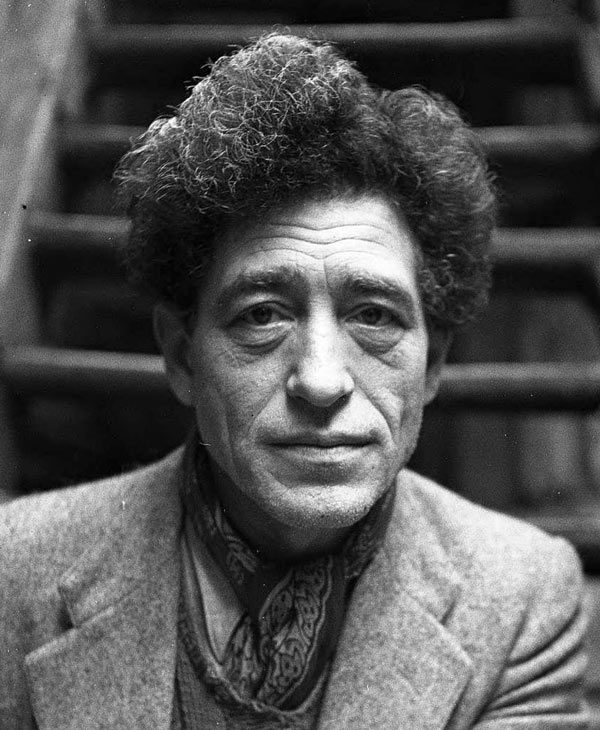
Alberto Giacometti (1901–1966) was a Swiss sculptor, painter, draughtsman, and printmaker who emerged as one of the most significant and distinctive artists of the 20th century. Born in Borgonovo, Switzerland, into a family of artists, Giacometti’s early exposure to art was pivotal in shaping his career. His father, Giovanni Giacometti, was a well-known Post-Impressionist painter, providing a nurturing environment that encouraged Alberto’s artistic development from a young age.
Giacometti moved to Paris in 1922, where he studied under the sculptor Antoine Bourdelle, an associate of Auguste Rodin. This period was crucial for Giacometti as he began to absorb the influences that would inform his later work, including Surrealism and the existential themes that emerged in the aftermath of World War II. Despite his association with Surrealism in the late 1920s and early 1930s, Giacometti’s work often eluded the confines of any single art movement. His distinctive sculptural style, characterized by elongated figures that appear almost weightless, became a symbol of the human condition—a theme that resonated deeply in the post-war era.
Signature Style
Giacometti’s sculptures from the mid-1940s onwards are what most people recognize him for. These works reflect his ongoing exploration of the human form, distilled to its most essential aspects. The figures, often solitary and thin to the point of emaciation, convey a sense of vulnerability and existential solitude. Giacometti himself described his effort to capture the fleeting appearances of a figure seen from a distance, an endeavor that resulted in sculptures that seem to be both present and absent, somehow trapped between existence and void.
One of Giacometti’s most famous works, “The Walking Man” (L’Homme qui marche), embodies the existential themes that pervade his oeuvre. The sculpture represents neither a particular individual nor a generic figure; instead, it is a universal symbol of humanity, moving forward despite its apparent fragility. This theme of perseverance, coupled with the rough, tactile surfaces of his sculptures, invites viewers to contemplate the resilience of the human spirit.
In addition to his sculptures, Giacometti was also an accomplished painter and draughtsman. His paintings and drawings, though less known than his sculptural works, are equally expressive, featuring the same intense gaze and intricate textures that characterize his three-dimensional pieces. Portraits of his brother Diego, his wife Annette, and other close acquaintances reveal Giacometti’s deep interest in the psychological depth of his subjects, rendered through his distinctive, meticulous lines.
Capturing the Essence
Throughout his career, Giacometti struggled with the notion of representation, constantly questioning how one could truly capture the essence of a subject. This existential inquiry did not just inform his artistic output but also mirrored broader philosophical questions about the nature of reality and perception. His work, therefore, can be seen as a bridge between the visible and the invisible, the material and the immaterial, making him a pivotal figure in modern art.
Giacometti’s influence extends beyond the realm of art; his figures have become icons of modernity, reflecting the existential angst and resilience of the human condition. His work has been interpreted through various lenses, including existentialism, psychology, and philosophy, underscoring the depth and complexity of his vision.
Despite achieving significant recognition and success later in life, Giacometti remained deeply self-critical and devoted to his art. He continued to work tirelessly, driven by a profound need to express the ineffable aspects of human existence. Giacometti passed away in 1966, leaving behind a legacy that has continued to inspire and intrigue. His distinctive approach to form and space has influenced a wide range of artists, and his works are celebrated in major museums and collections worldwide.
Alberto Giacometti’s art transcends simple categorization, embodying a relentless pursuit of the essence of humanity. Through his elongated figures and haunting portraits, he invites us to reflect on the fragility and strength of the human condition. Giacometti’s legacy is not just in the sculptures and paintings he left behind but in his unyielding quest to capture the complexity of human existence, making him one of the most profound and enduring artists of the 20th century.




